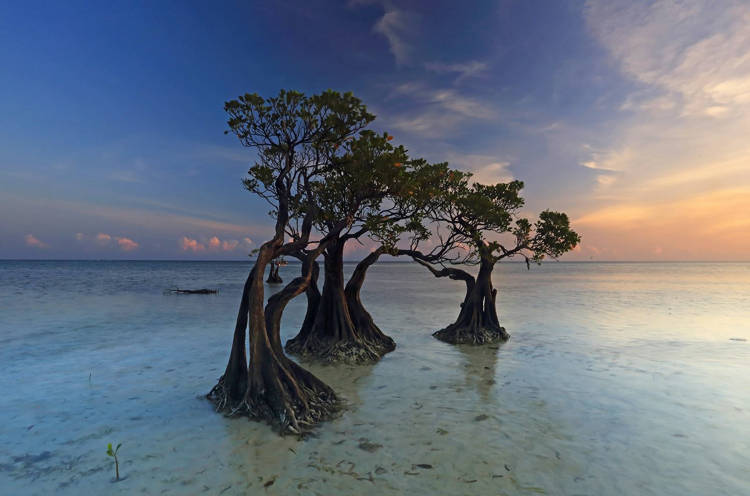
The Dancing Mangrove Trees of Sumba Island
Indonesia’s remote Sumba Island is famous for a great many things, but above all its uniquely shaped mangroves, dubbed “dancing trees” for the way they

Indonesia’s remote Sumba Island is famous for a great many things, but above all its uniquely shaped mangroves, dubbed “dancing trees” for the way they
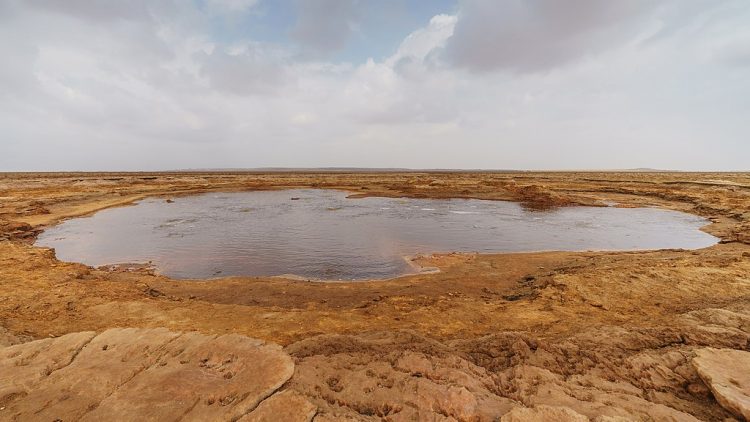
Located near the Dallol crater in Ethiopia’s Danakil Depression is Gaet’ale Pond, a small pool of water with a salinity of 43%, making it by
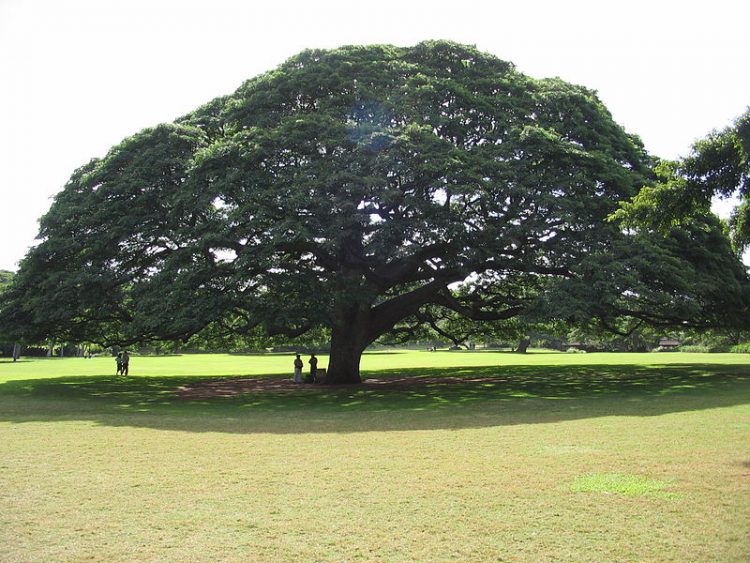
Ever since 1975, a majestic monkeypod tree growing on the Hawaiian island of Oahu has been the symbol of electronics and technology giant Hitachi, making
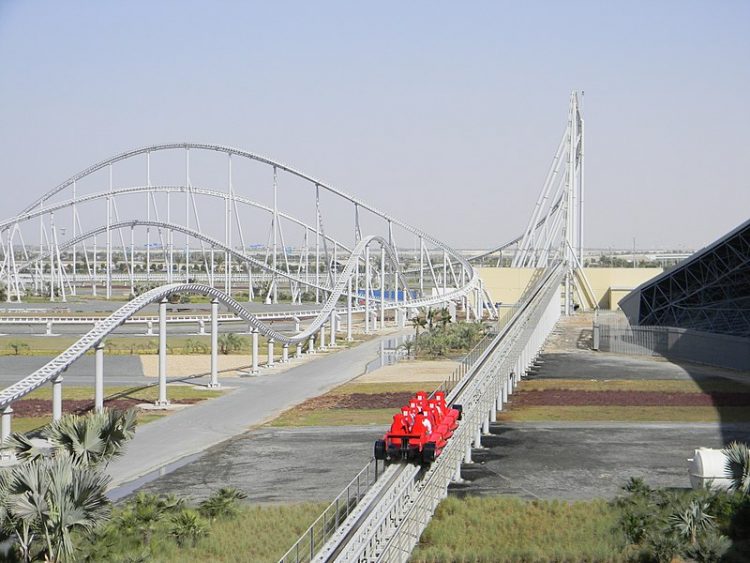
Formula Rossa, the world’s fastest roller coaster, reaches a top speed of 240 km/h in just 4.9 seconds and requires riders to wear safety glasses

You’ve probably heard of crocodile-infested golf course ponds before, but one unique golf course in Australia is home to an even greater threat that makes
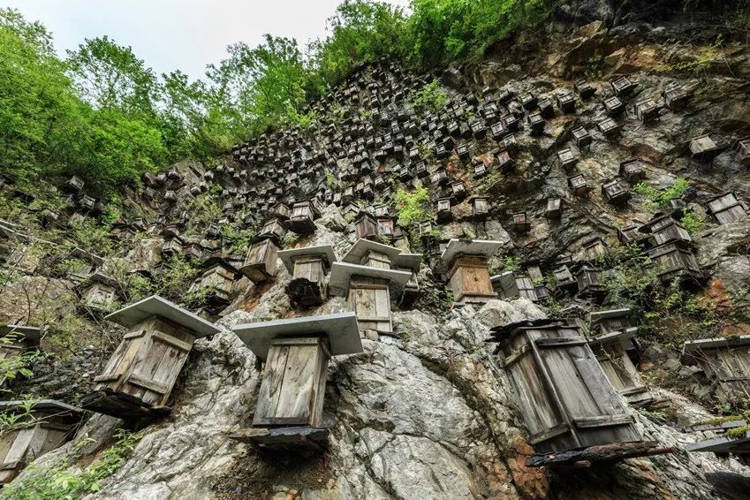
A near-vertical cliff wall in the mountains of Shennongjia Nature Reserve, China’s Hubei Province, is home to over 700 wooden boxes which make up one
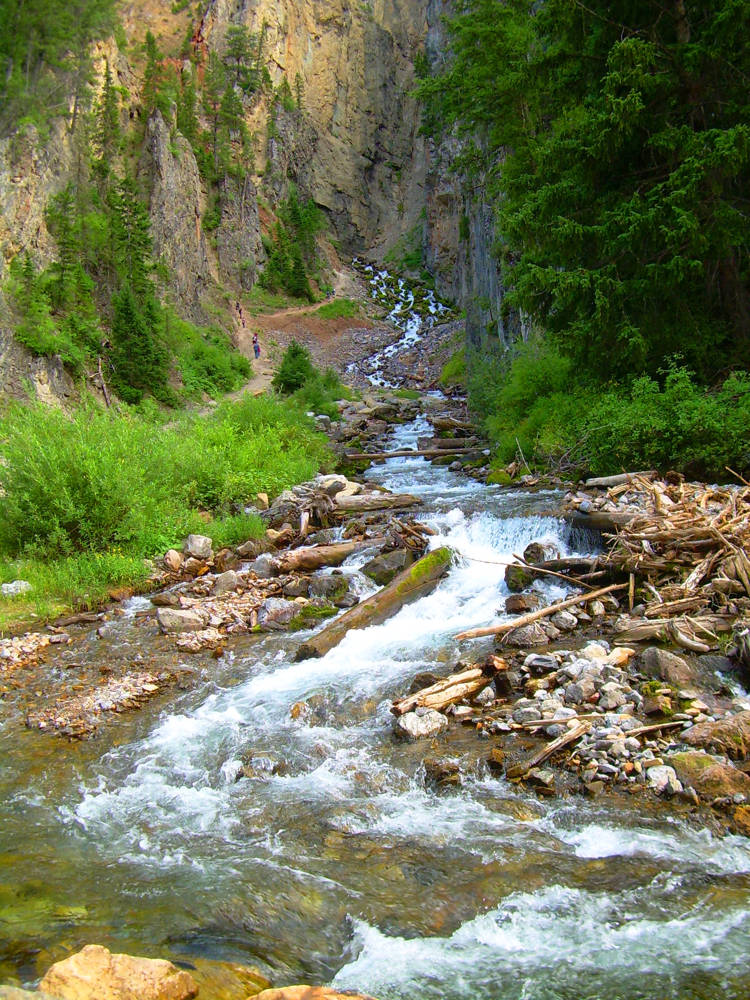
Just east of Afton town, at the foot of a rocky mountain in Wyoming, lies one of the world’s most mysterious natural wonders – a

Imagine enjoying a hot cup of java or your favorite soft drink in the middle of a pond filled with beautiful koi fish that you
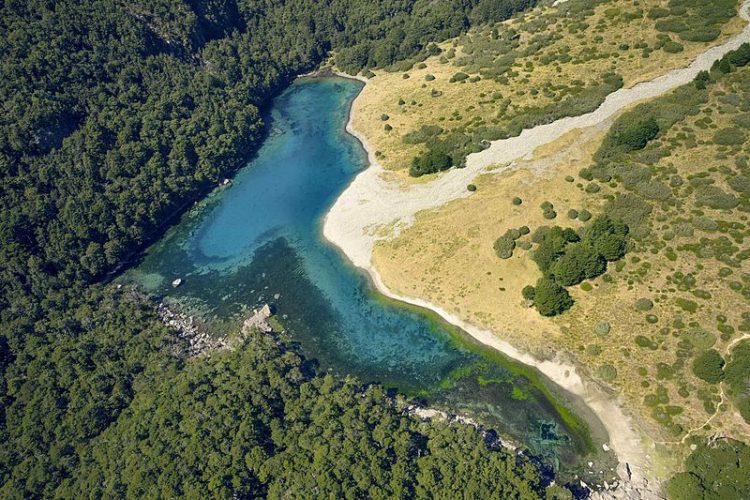
Rotomairewhenua, also known as the Blue Lake of New Zealand’s Nelson Lakes National Park, is officially recognized as the clearest body of fresh water in
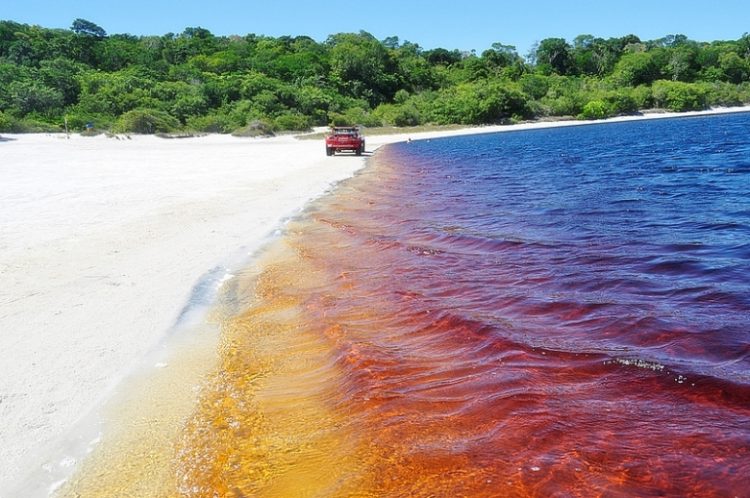
Ever dreamed of swimming in a lake of Coca Cola? Well, you can actually do just that at the unique Coca Cola Lagoon in Rio
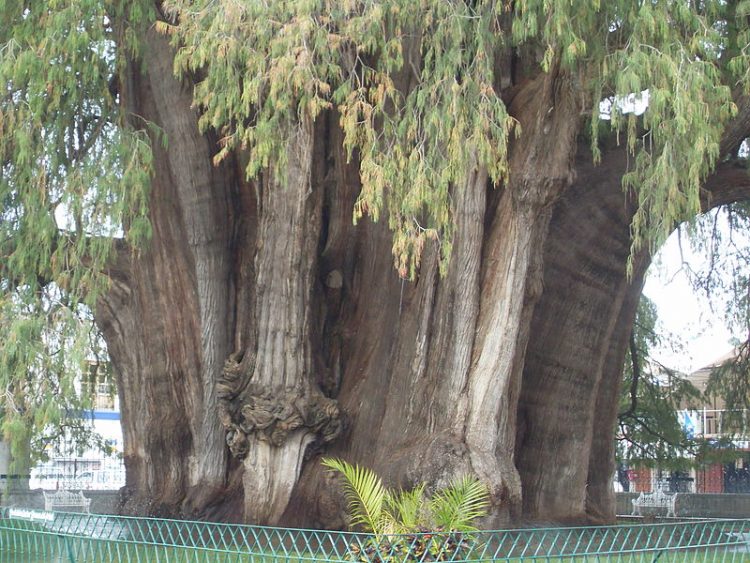
Located a church courtyard, in the picturesque town of Santa Maria del Tule, the Tree of Tule is a 2,000-year-old Montezuma cypress famous for having
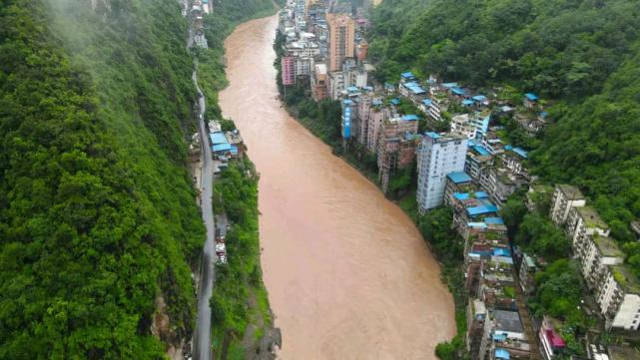
Built along the Nanxi River, between the steep mountains of China’s Yunnan Province, Yanjin county is widely regarded as the world’s narrowest city. Looking at

Hoshizuna-no-Hama, which translates to “Sand in the Shape of a Star”, is a small but charming Japanese beach famous for its star-shaped tiny grains of
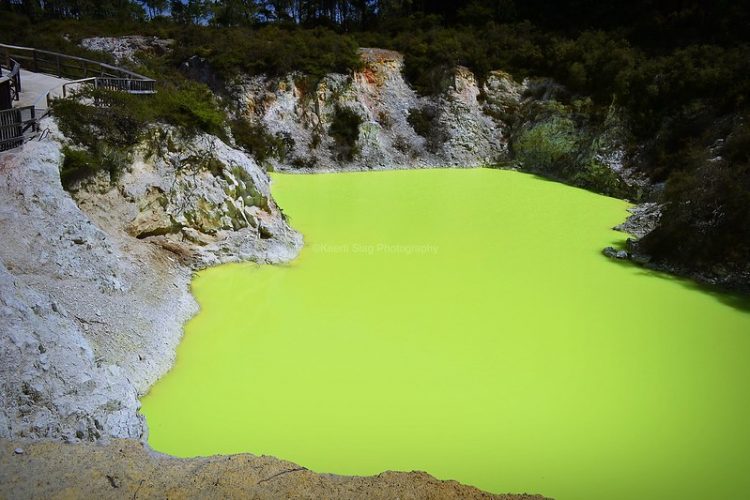
New Zealand’s Wai-O-Tapu volcanic area offers no shortage of intriguing natural wonders, but perhaps the most eye-catching one is Devil’s Bath, a bright green pond
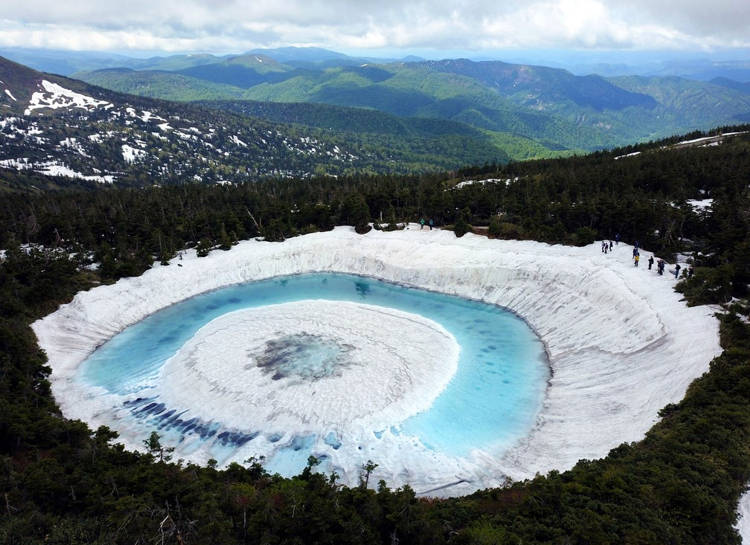
Kagami Numa is a mythical Japanese lake that turns into a giant eye every spring, during the thawing process, hence its nickname, Dragon’s Eye Lake.